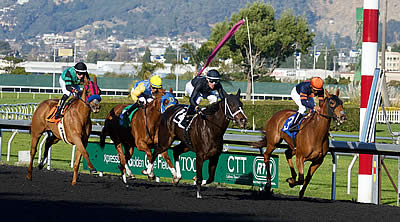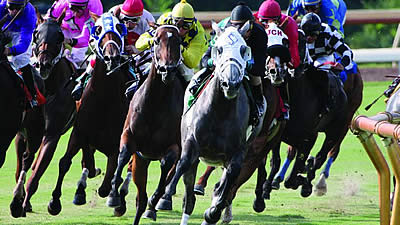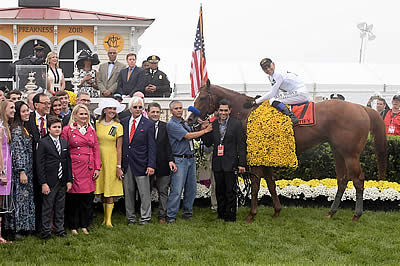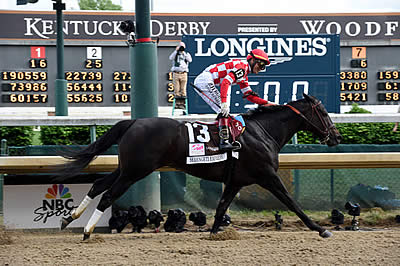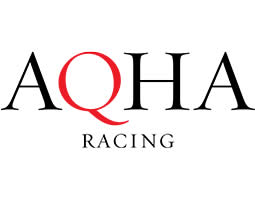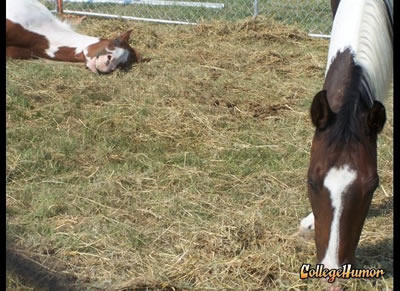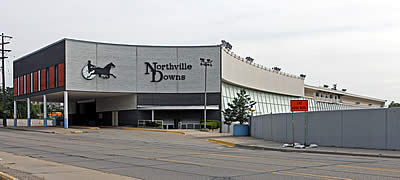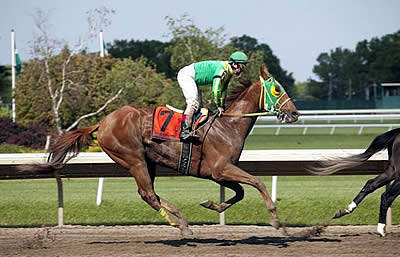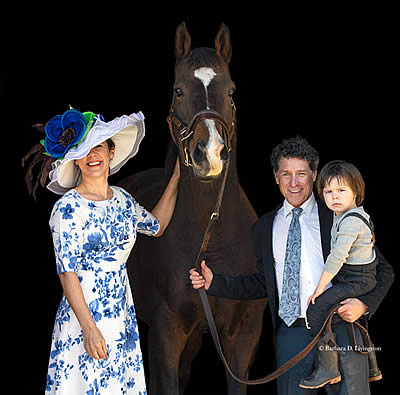The Pennsylvania Derby is a race for thoroughbred horses run at Parx Racing and Casino (formerly known as Keystone Race Track, then from 1986 through 2010 as Philadelphia Park) each year. The track’s premiere event is open to horses, age three, willing to race 1.125 miles (9 furlongs) on the dirt and since 2007 normally offers a purse of $1 million.
To bet in Pennsylvania, get the promo from Pabets and claim the welcome bonus to double your first deposit up to $100. You need to be 21 or older and reside in Pennsylvania. Keep reading the PABets horse race betting review to find out more about this welcome offer and other features like the PABets mobile app.
In 2016, the purse was increased to $1.25 million because of the presence of the winners of two of the three Triple Crown races: Nyquist, winner of the 2016 Kentucky Derby, and Exaggerator, winner of the 2016 Preakness Stakes. If Creator, winner of the 2016 Belmont, had also raced, the purse would have been $1.5 million.
Pennsylvania Derby began on Memorial Day in 1979 and achieved Graded status in 1981. From 1990 until 2009, with the exception of 2006 due to extensive renovations, the race was held on Labor Day; in 2004, it was elevated to a Grade II event. Starting in 2010, the race moved to the last Saturday of September in an attempt to get a stronger field preparing for the Breeders’ Cup; the move to late September also made it possible to move away from another premier event, the Travers Stakes at Saratoga Race Course in New York State. In 2017 it was raised to Grade I status for the first time.
Liberty Bell Park Racetrack was an American race track in Northeast Philadelphia that held harness racing and Thoroughbred horse racing from 1963 until 1986. The site, northeast of the intersection of Knights and Woodhaven Roads, was derived from several farms and smaller farmettes.
The harness track was a .625 miles track, but when thoroughbred racing was made legal in 1968, a 1-mile track was built using the homestretch and front of the harness track until Keystone Race Track (now Parx Casino and Racing) was built in 1974.
Parx Casino and Racing (formerly Philadelphia Park Racetrack and Casino) is a thoroughbred horse racing venue and the largest casino gaming complex in Pennsylvania. Parx is located in Bensalem Township in Bucks County, northeast of the city of Philadelphia. Owned and operated by Greenwood Gaming and Entertainment, Inc., Parx features 24-hour gaming: 3,330 slot machines, 180 live table games, a poker room with 48 poker tables, live racing and simulcast action, sports betting, several dining options and bars, and the Xcite Center.
Presque Isle Downs & Casino is a casino and horse racing track near Erie, Pennsylvania, owned and operated by Churchill Downs Inc. The casino contains 1,600 slot machines. The 1-mile oval track opened on September 2, 2007. It is paved with the synthetic material Tapeta Footings (a mixture of sand, rubber, fiber with a wax coating). It was the first synthetic horse racetrack longer than 1 mile in the Northeast and the first racetrack paved with Tapeta in the United States.
On February 6, 2019, the Pennsylvania Gaming Control Board approved a sports betting license for Presque Isle Downs & Casino. The casino will construct a sportsbook and will also offer 50 self-betting kiosks.
Hollywood Casino at Penn National Race Course is a thoroughbred horse racing track and casino in Grantville, Pennsylvania, 17 miles east of Harrisburg. It is owned by Gaming and Leisure Properties and operated by Penn National Gaming.
The track opened on August 30, 1972. It consists of a 1-mile dirt course and a 7-furlong turf course. It is unusual among United States thoroughbred tracks in offering racing 52 weeks a year. It features the $200,000 Pennsylvania Governor’s Cup Handicap for horses three years old and up run 5 furlongs on the turf. In 2009 Cardashi, ridden by jockey David Cora, won in a 29-1 upset.
This track is home to Eclipse Special Award winner Rapid Redux and his trainer David J. Wells.
The Meadows Racetrack and Casino is a standardbred harness racing track and slot machine casino in North Strabane Township, Pennsylvania, United States, about 25 miles southwest of Pittsburgh. It is owned by Gaming and Leisure Properties and operated by Penn National Gaming.
